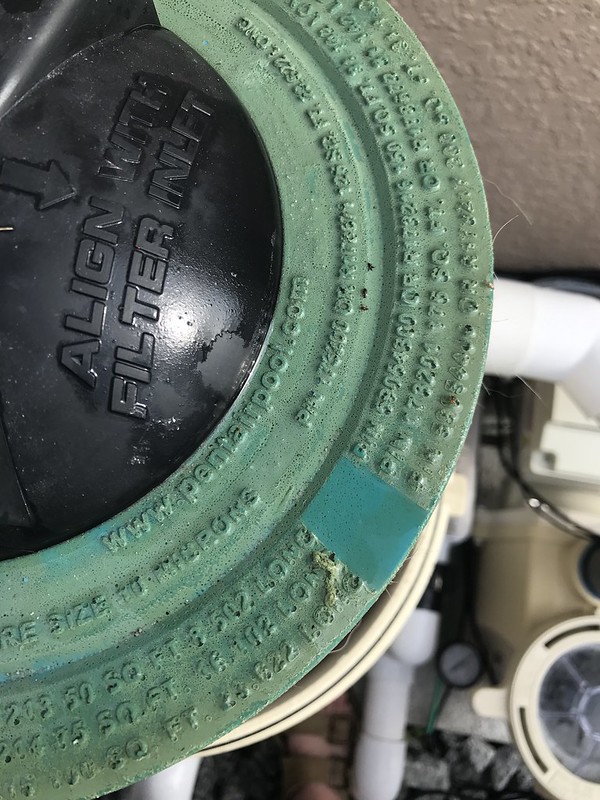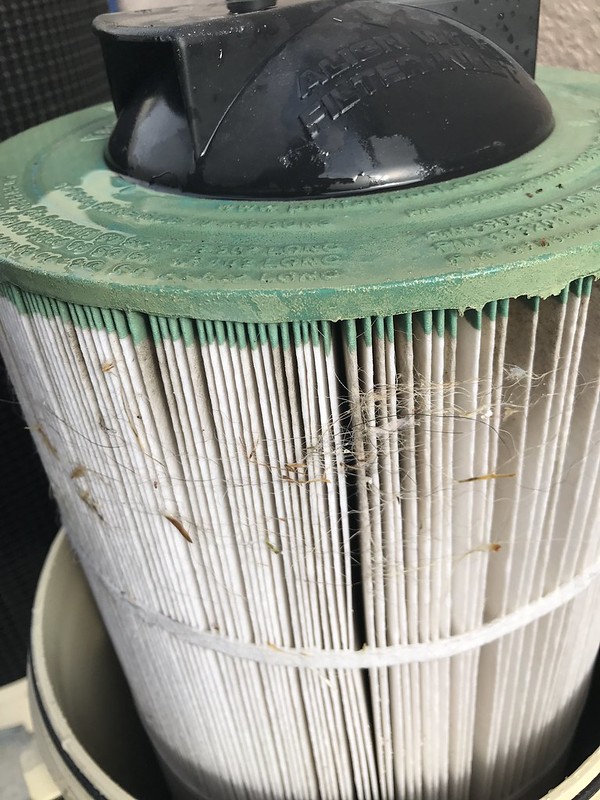New pool build here, plaster and fill was done on December 13th. Pool builder did an acid startup - did not follow NPC start up procedures against my will. Added salt on day 3 - again... against my will. I got the excuse "we build 300 pools a year and this is how we always do it" - One day 4 they handed over the pool to me and were done with it.
I've tested almost daily for the first few weeks then 3-4 time per week. Logged most of the test results. Other then going through about a gallon of acid a week to keep the PH down I haven't had to add anything else. Tested for metals in my fill water - none. Also at the pool builders request I'm maintaining the pool at 10ppm of Jack's Magic "The Purple Stuff"
About two weeks ago I got a few light grey spots on the steps in the spa. Tried rubbing with a chlorine tab - no change. Aggressive brushing - no change... Set the SWG to 100% for a few days and brought up the FC to 10... no change
Now they are getting worse - all over the steps and floor. Nothing on the vertical surfaces though.
Current levels -
FC - 4
PH - 7.6
Alk - 110
CH - 230
CYA - 90[
Salt - 3500
Does this look like a plaster issue or algae? Spots are about dime/nickel size
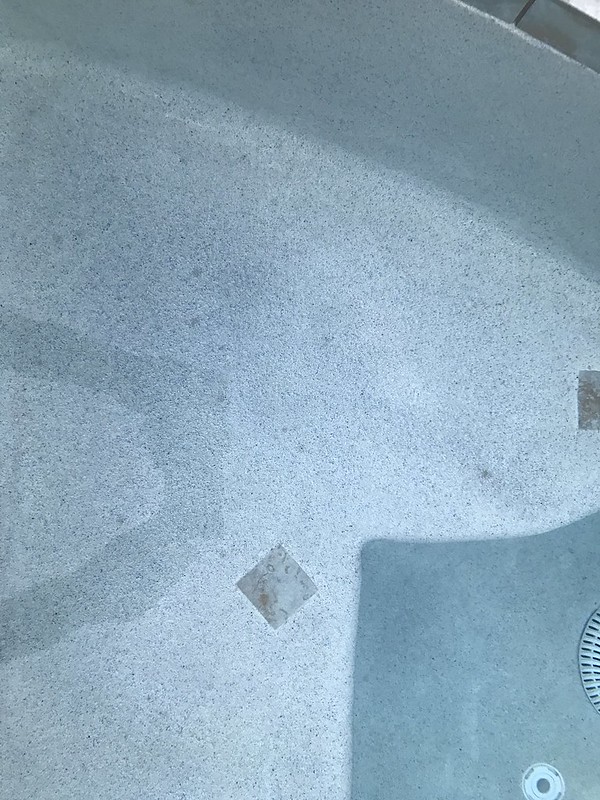
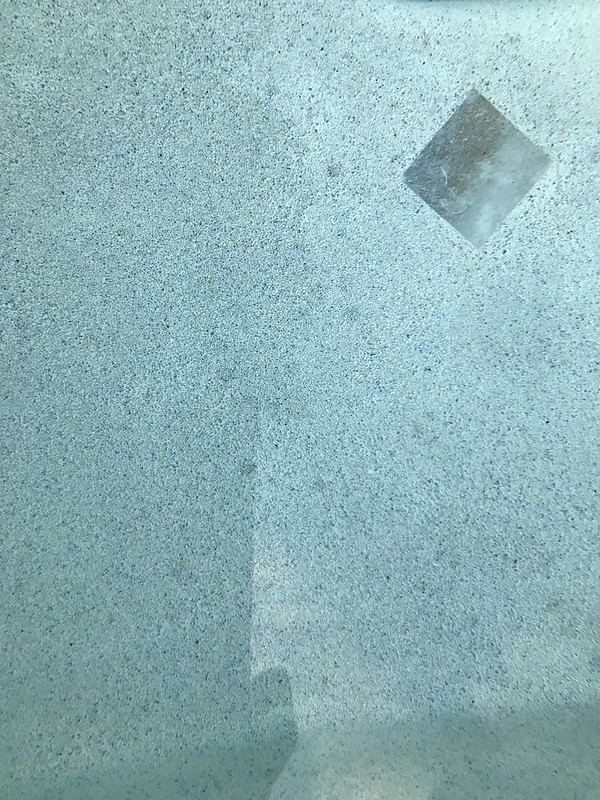

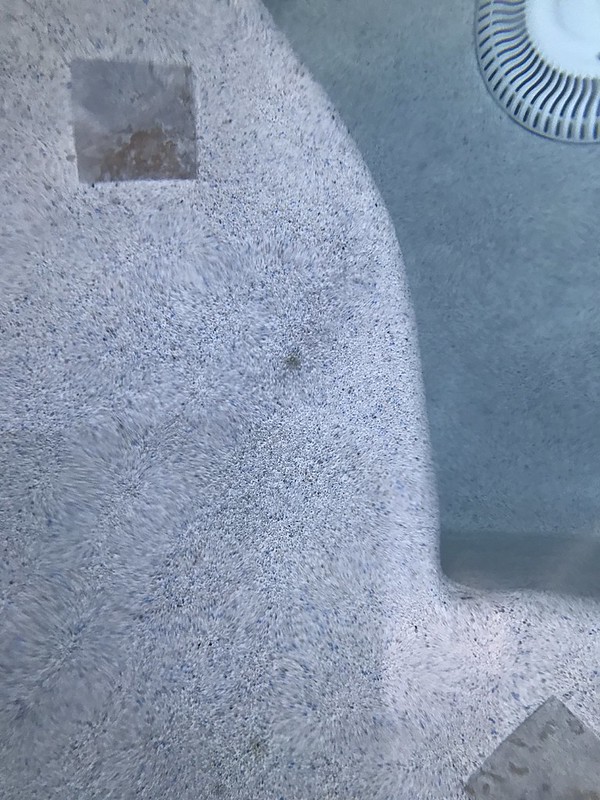

I've tested almost daily for the first few weeks then 3-4 time per week. Logged most of the test results. Other then going through about a gallon of acid a week to keep the PH down I haven't had to add anything else. Tested for metals in my fill water - none. Also at the pool builders request I'm maintaining the pool at 10ppm of Jack's Magic "The Purple Stuff"
About two weeks ago I got a few light grey spots on the steps in the spa. Tried rubbing with a chlorine tab - no change. Aggressive brushing - no change... Set the SWG to 100% for a few days and brought up the FC to 10... no change
Now they are getting worse - all over the steps and floor. Nothing on the vertical surfaces though.
Current levels -
FC - 4
PH - 7.6
Alk - 110
CH - 230
CYA - 90[
Salt - 3500
Does this look like a plaster issue or algae? Spots are about dime/nickel size







